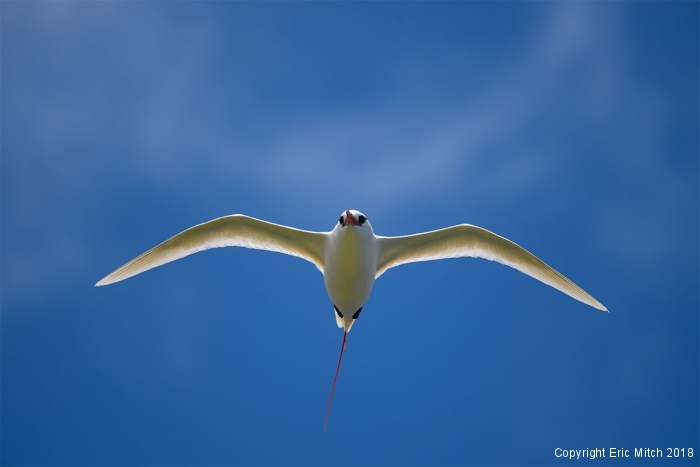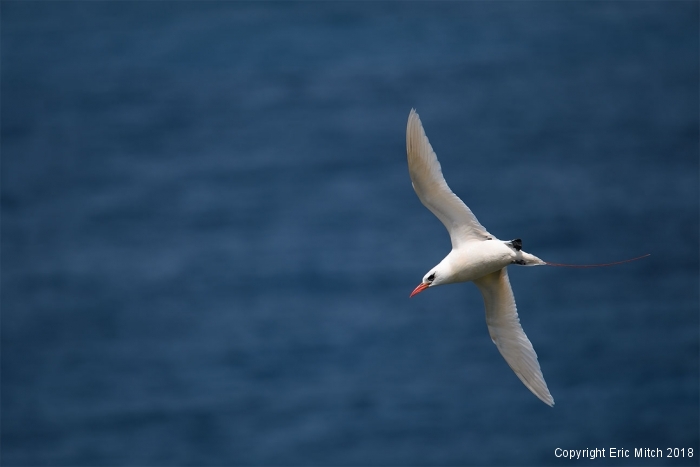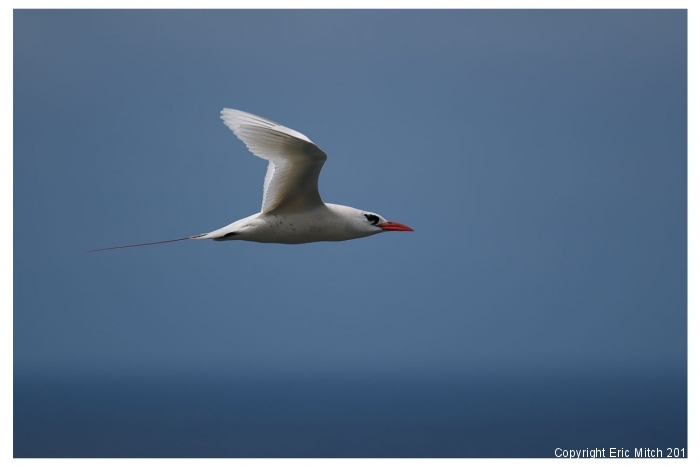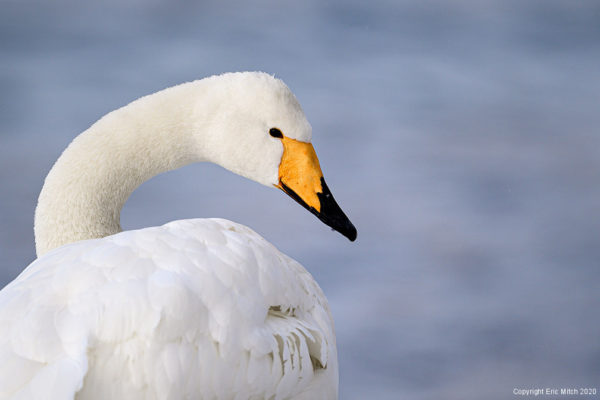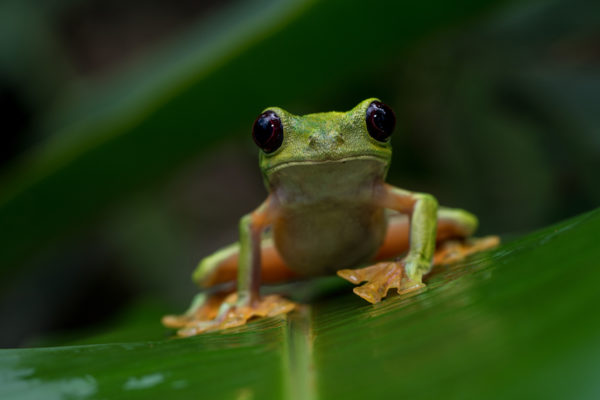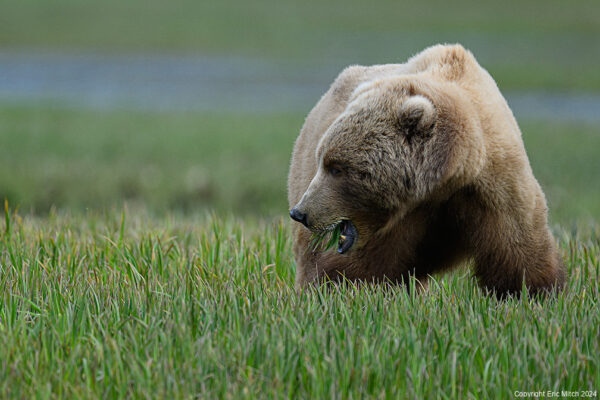As mentioned in my last post about having a handheld birds in flight set up, it gives you great flexibility to keep up with a moving subject. Being able to move with your subject gives you a lot more opportunities to get the shot you need or to get creative with your storytelling. You need to take in to account both your subject and background when composing your photograph.
All that flexibility at times can add to the complexity of telling your story if you are not taking in to account all of the elements in your photograph. While having a subject that shows strong gesture is important, a weak or distracting background can totally destroy your story and lose the viewers eye to what you are trying to communicate.
When you are panning with your subject, you need to be selective when you hit the shutter button to get that optimal background. That means you need to be looking at your subject and background simultaneously to get both in sync so you are ready to fire that shutter. When panning, you also need to be looking ahead to see what is coming such as a particular cloud, coastline, or breaking waves.
When I shoot air-to-air plane photography, I was always looking ahead for an interesting topography on the ground or to make sure there were no distracting buildings that did not fit with the story I was looking to tell. I would always be looking ahead to find that perfect cloud to put behind my subject whether it be a plane or bird because who wants to look at a bald grey or blue sky when you can have puffy white clouds?
So in the instance when I was photographing the red-tailed tropicbird against the coastline at the Kilauea Lighthouse, I had to look ahead of the flight trajectory of the bird to see when an interesting cloud or the coastline would be coming up so I was ready to fire. On the coastline, you need to watch out for water breaks that can add highlights that will blow out the subject or distract the viewer. When you are panning with a subject along the horizon, it is important to watch the horizon line and make sure it stays level.
One thing you may forget about when looking for backgrounds is the sun. There is nothing more spectacular that having sunlight back light a birds wings in flight. Again, in the case of the red-tailed tropicbird, shot with the Nikon D5 with Nikkor 300mm and TC-14E III Teleconverter, I underexposed slightly to get a glow through its primaries which makes a dramatic scene.
